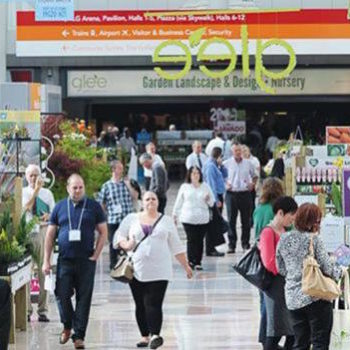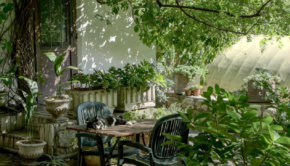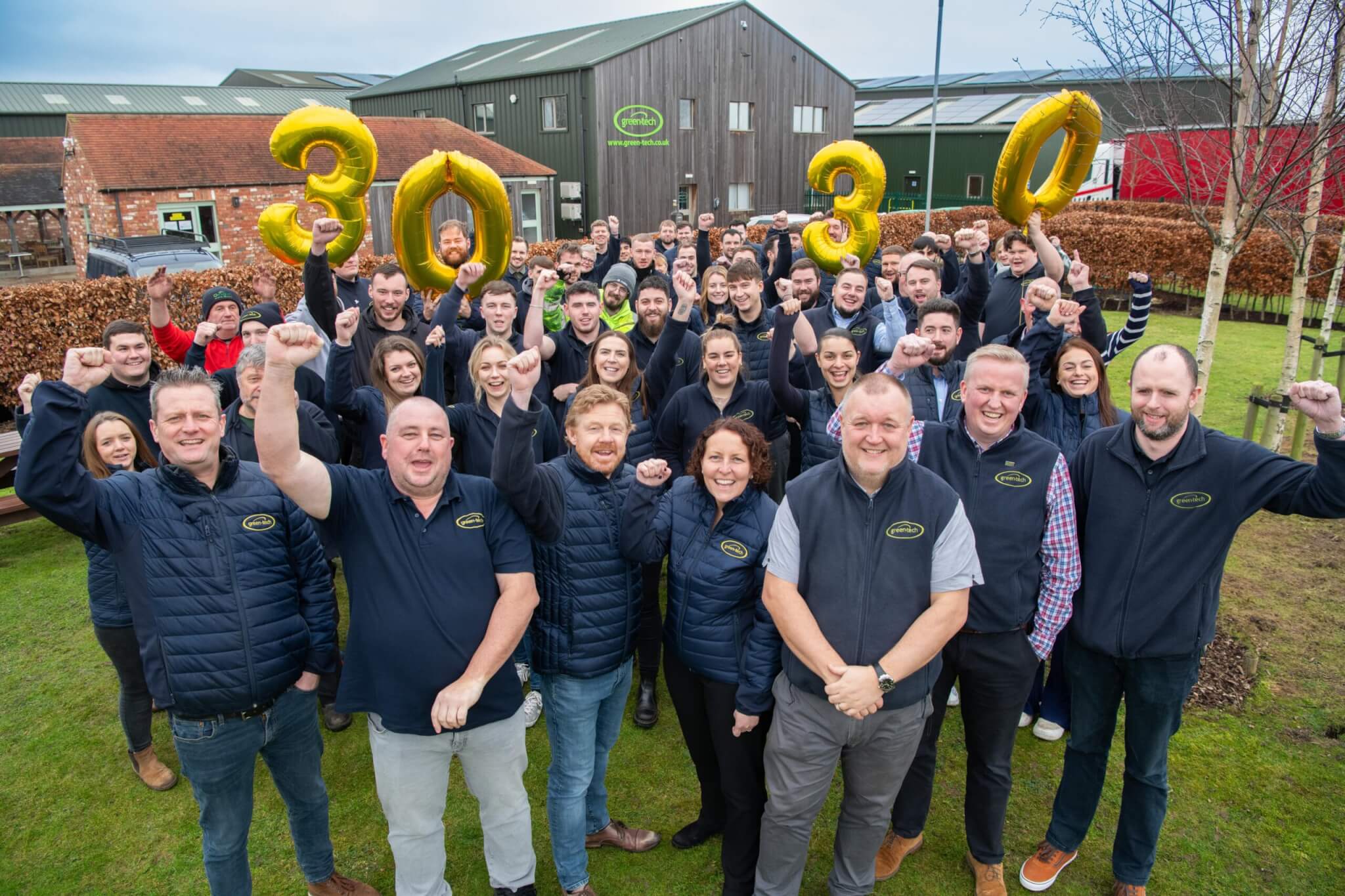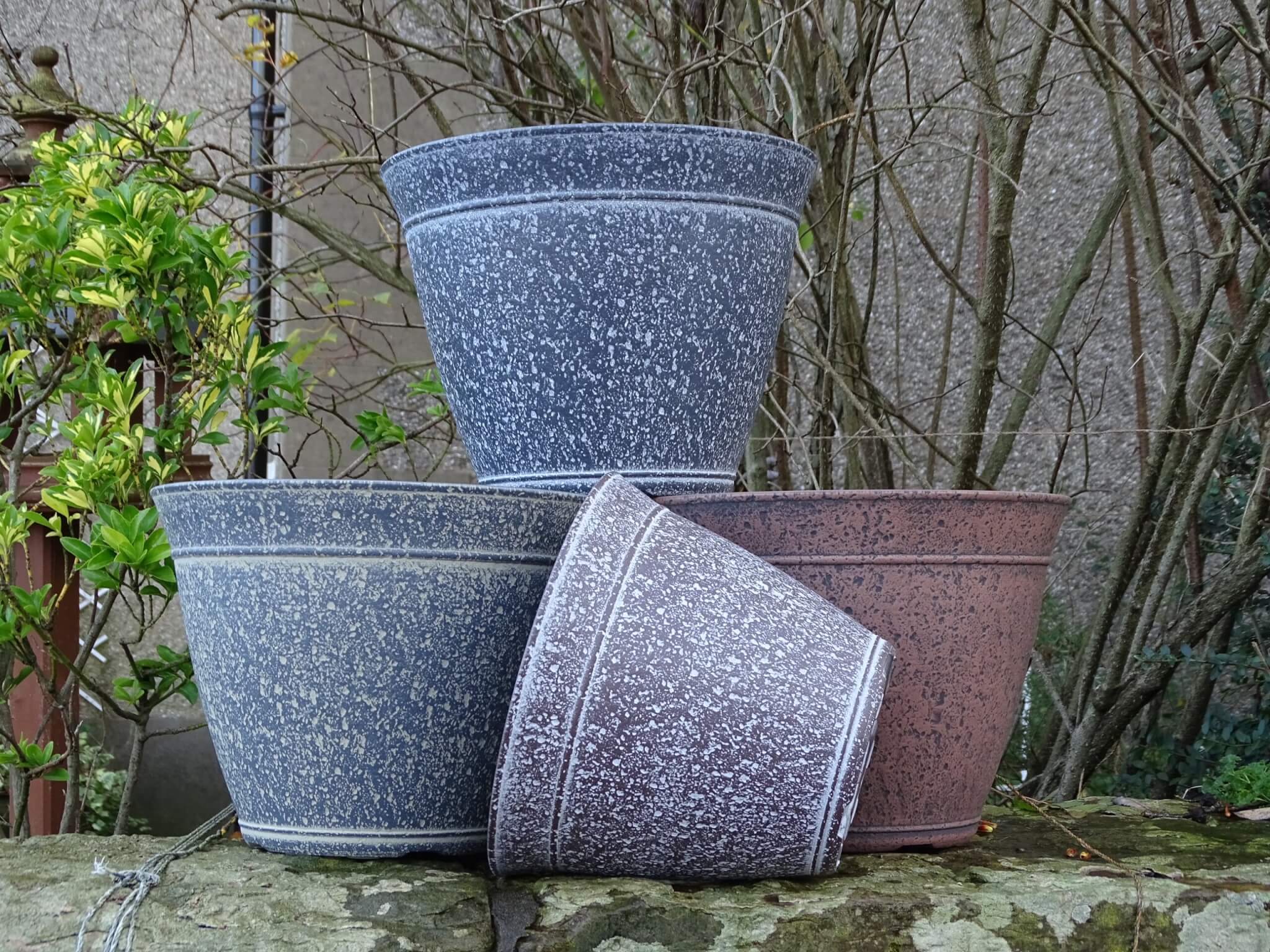Garden DIY Trends from GLEE 2016

Glee takes a look at emerging trends in the DIY sector for 2016
15 May 2016
There is good news for the home improvement sector – DIY appears to be on the rise as more consumers are choosing to renovate and extend their existing home rather than purchasing a bigger one, as a result of surging property prices.
Last year saw the average house price continuing to rise with an increase of 6%, with reports predicting that this trend is likely to continue as house prices are forecast to rise another 6% across the country in 2016, higher than the average wage increase1. In fact, the global home and garden market is expected to grow at a Compound Annual Growth Rate (CAGR) of 4.7% up until 20192, driven by demand for DIY products.
These statistics are no doubt music to the ears of not just DIY stores, but the thousands of other British and international garden retailers, online retailers, landscapers and builders’ merchants that make up the UK’s home and garden industry, creating a golden opportunity for further growth.
A recent survey, consisting of over 1,000 British homeowners, further supports the assertion that the future of the home improvement market is bright on the DIY front. 87% of respondents said they would happily take on odd jobs such as small repairs or minor installations themselves, whilst most would take on internal (81%) and external (62%) painting as DIY projects. Although there are a number of jobs most homeowners would hire a tradesman to do, a significant proportion of DIY enthusiast homeowners would take on more complex projects themselves, such as tiling (45%), laying a floor (41%) and carpentry (30%)3.
That’s not all. Homeowners are also cottoning on more and more to the idea of future investment, which is influencingfurther growth. Converting a garage to extra living space, for instance, can add an average of £10,000 to the value of a home, with a new kitchen creating up to 5% added value1. Consumers can also expect up to around 3% to be bolted on to the price of their property, thanks to a quality new bathroom.
Although the DIY market is still thought of as a traditionally male dominated industry, with male consumers currently making up just over half of all DIY shoppers, since 2013 female DIY shoppers have been on the increase3. The Home Depot (THD), the world’s largest home improvement retailer, claims that their ‘woman-friendly makeover’ is showing positive results in the form of increased sales.
It is also anticipated that technology will play a pivotal role as younger age groups are more likely to shop online and use a click and collect service. With a limited loyalty span and therefore long-term loyalty cards likely to be of no interest to them, their preference will be receiving offer notifications via their mobile as they enter a store. Brand knowledge and awareness via social media will form their decision making, with product choice being influenced by social platforms such as Pinterest and YouTube.
It is becoming increasingly apparent that the future of the DIY industry certainly seems rosier; it is core areas such as this, that are responsible for the healthy upturn of non-gardening sales at Glee, as well as enhancing the show’s offering more and more each year. With this latest news on current market trends backed by some promising statistics, Glee 2016 is already shaping up to be a mouth-watering prospect for buyers and sellers alike.



 Print
Print








Fans 0
Followers